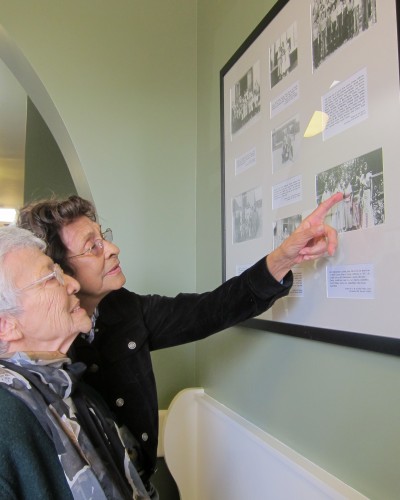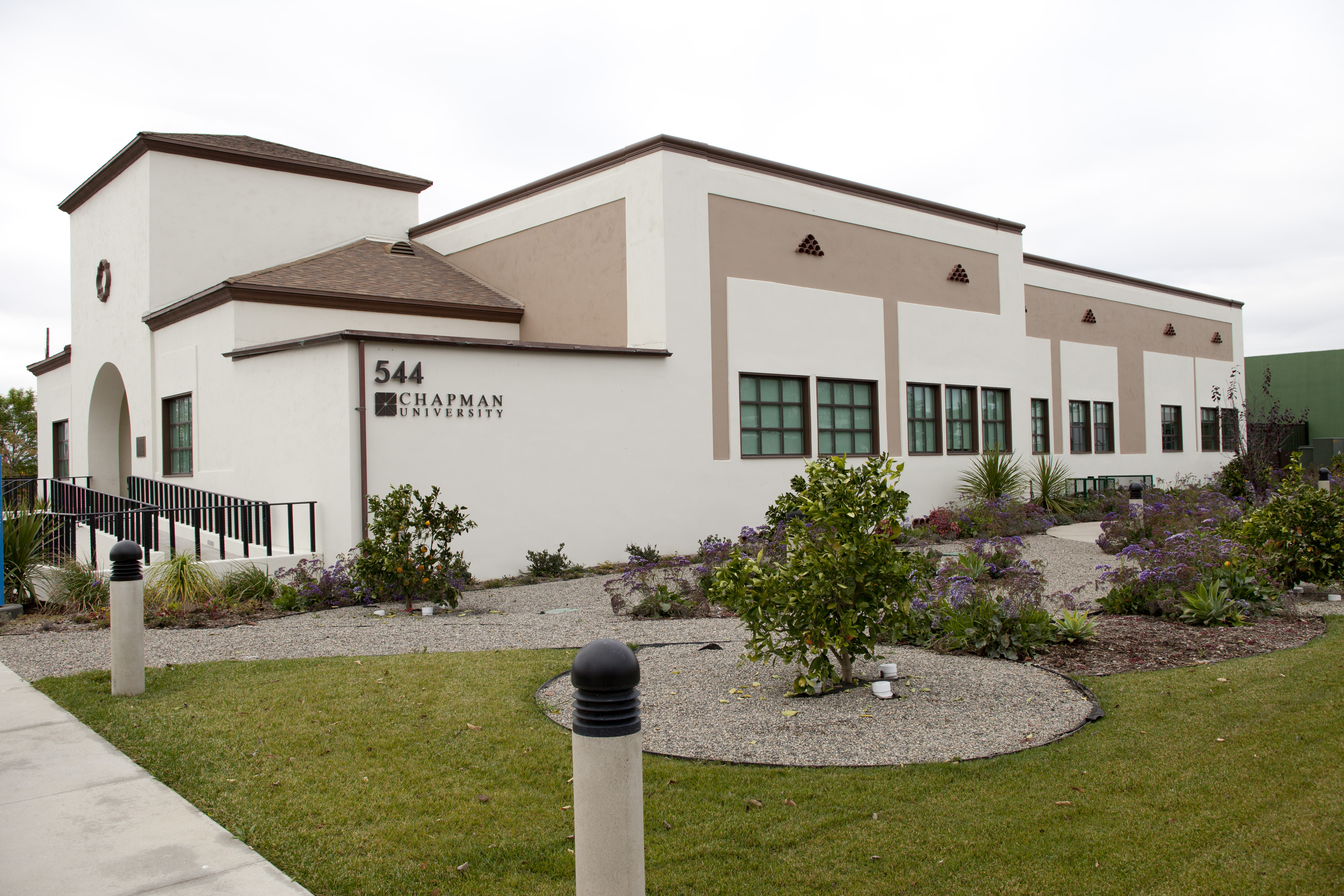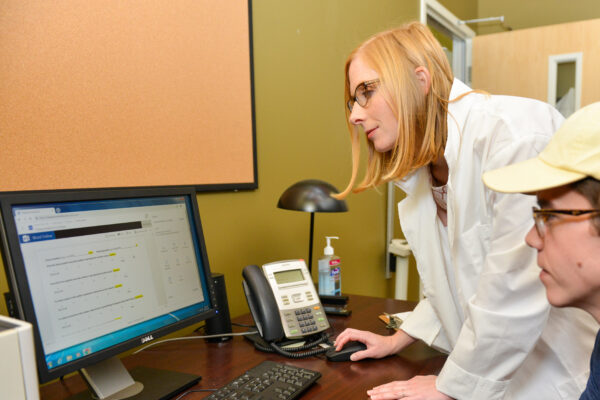
Celebrating the ribbon-cutting at the newly restored Cypress Street School were, from left, Jim Doti, Chapman president; Leo Castro, president of the Orange Barrio Historical Society; Joanne Coontz, former City of Orange mayor; Tita Smith, mayor of the City of Orange; Laura Glynn, Ph.D., associate professor, Schmid College of Science and Technology; and Janeen Hill, dean of Schmid College.
A historic school that was once a place of segregation has officially reopened its doors to a new era as the home of a Chapman University research facility dedicated to studying maternal-child health issues.
At a March 19 ribbon-cutting ceremony for The Early Human and Lifespan Development Research Facility housed in the Cypress Street School, officials reflected on the building’s history in the community and its future role in the lives of Orange County children.
“This reminds us of where we started and how far we have all come,” said Leo Castro, president of the Orange Barrio Historical Society, many of whose members attended the school during its segregated years from 1931 to 1944 and were present for the ribbon cutting.
President Jim Doti noted that it was particularly fitting that the former school will house research activities benefiting young children. And he added that the university is especially proud to have returned to the community a building with such historic import.

Catalina Figueroa, left, and Emma Cornejo Felix locate family members and friends among the historic photo displays installed in the old Cypress Street School. The women were among several former students who attended ribbon-cutting ceremonies for the new research facility now housed there.
“This will help inculcate in all of us and in future generations a valuable lesson and that is that we will not let something like that happen again,” Doti said.
But along with its weighty legacy, the building also holds a bright future. As the home of the Early Human and Lifespan Development Research Facility, the building will house research that examines the interplay of biological, psychosocial and behavioral processes in pregnancy and their influence on maternal and fetal health and early childhood development. Research activities will be headed by Laura Glynn, Ph.D., associate professor in Schmid College of Science and Technology.
The state-of-the-art facility, which is undergoing LEED-certification, also houses historic displays provided by the Orange Barrio Historical Society and will be the group’s new meeting place.
The 1928 schoolhouse, near West Walnut Avenue, is significant for being the last-standing Mexican-American segregated school in Southern California. The property was purchased by the Villa Park Orchards Association in 1972 and was used as administrative offices for its packing house operations. Through various renovations over the years, it lost much of its historical character. By careful use of paint, window design and other design elements, the building now closely resembles its original look.





Add comment